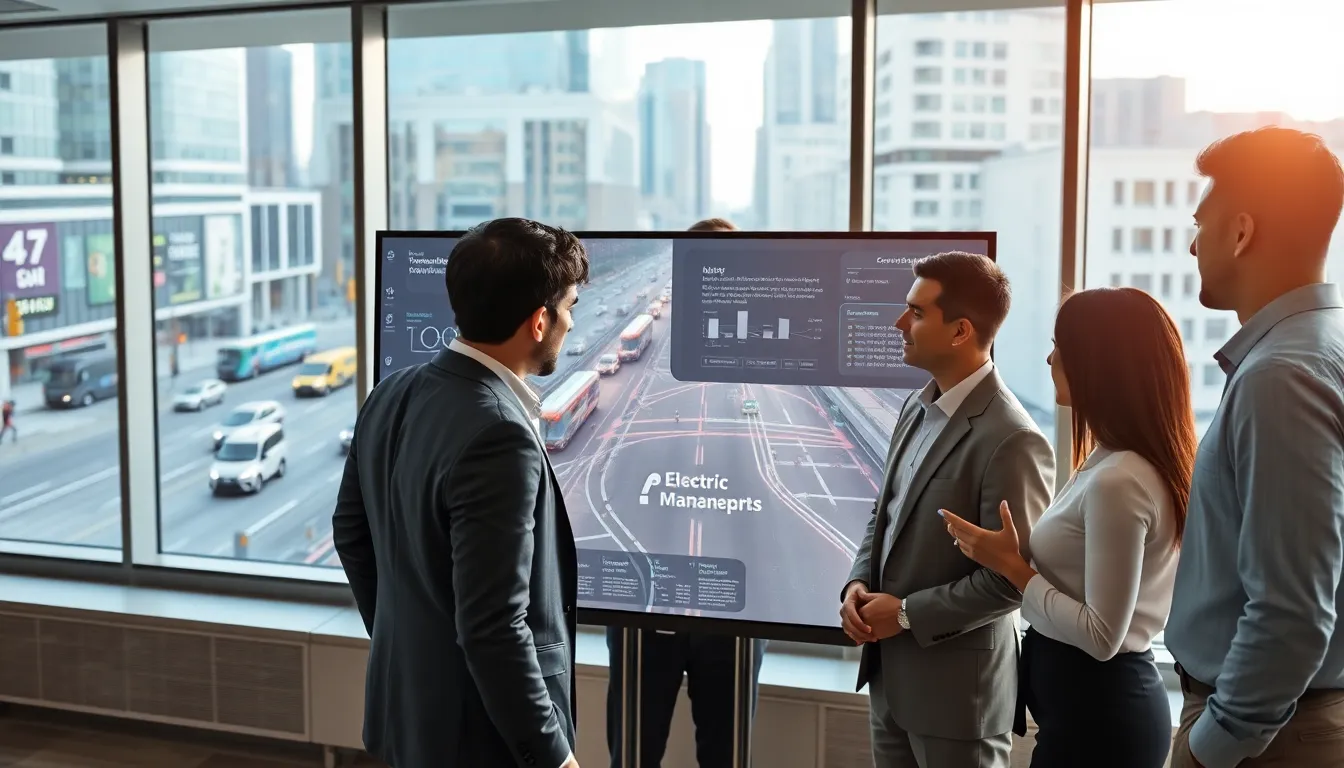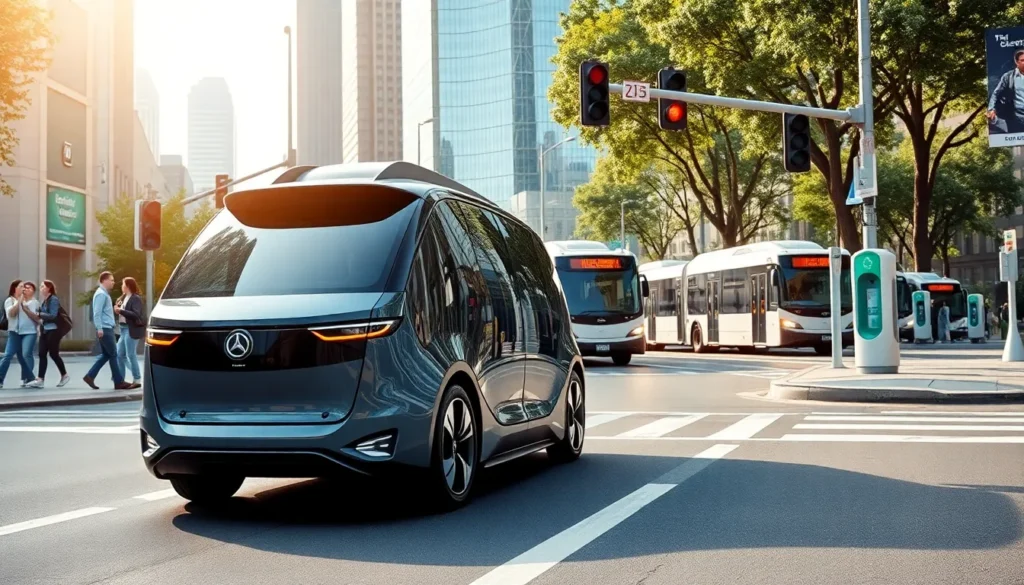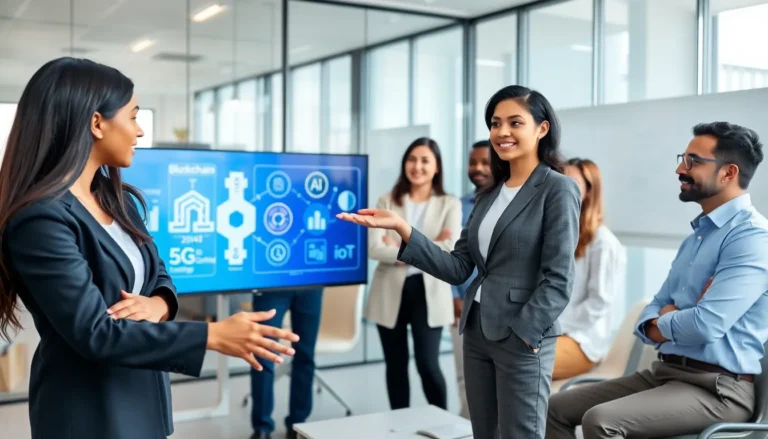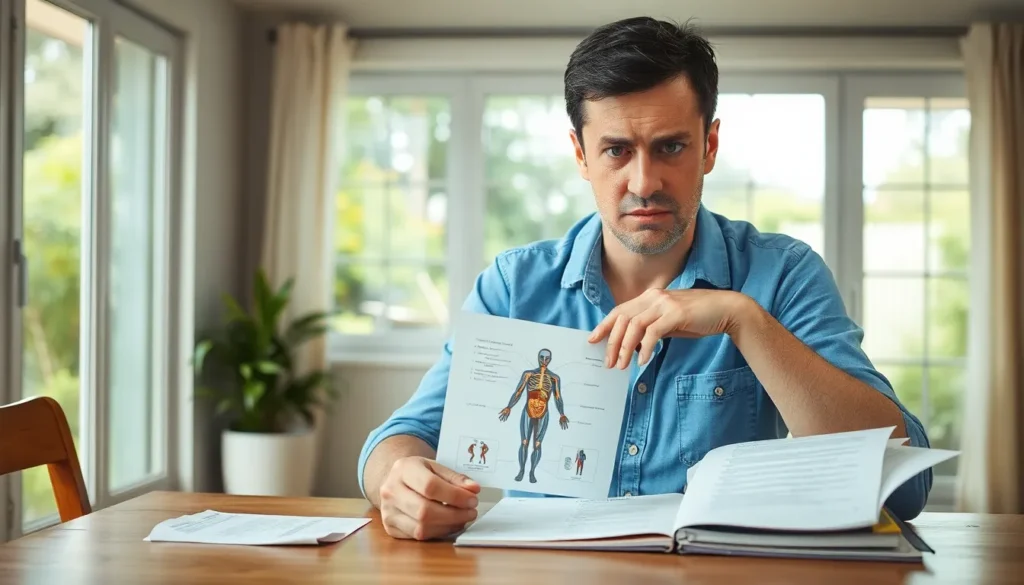Imagine hopping into a car that drives itself, or seeing electric buses gliding silently through city streets. Emerging technologies in transportation are reshaping our daily commutes and making travel not only smarter but also more efficient. From revolutionary autonomous vehicles to electric charging infrastructure, the future is now, and it’s exciting, and at times, hysterical. Because who wouldn’t want to navigate traffic while sipping on coffee as their car does the driving? Let’s explore the innovations that promise to transform our roads and our lives.
Table of Contents
ToggleOverview Of Emerging Technologies

The transportation landscape is undergoing a significant transformation driven by a myriad of technologies. Innovations such as autonomous vehicles, electric mobility, smart transportation systems, and advanced public transit solutions are paving the way for a future where convenience and sustainability take center stage. Emerging technologies in transportation are not merely theoretical discussions: they are rapidly being integrated into infrastructure, signaling a major shift in how people and goods will move. Understanding these developments is crucial to appreciating the exciting road ahead.
These innovations aren’t just about making things easier: they are also aimed at addressing pressing global challenges, like congestion and pollution. With smart data analytics, the ability to monitor traffic flows and optimize routes has never been better. Also, emerging technologies can also lead to reduced dependency on fossil fuels, heralding a greener approach to transportation.
Impact Of Autonomous Vehicles
Autonomous vehicles (AVs) are the poster children of transportation technology innovations. Imagine a world where your car whisks you away while you catch up on your favorite series. AVs promise not only to make travel more efficient but also to enhance safety on the roads. Studies have shown that human error is a leading cause of accidents, and transitioning to AVs could significantly reduce these incidents.
Also, AVs are set to reshape urban planning. With the potential for reduced need for parking spaces, cities may transform those areas into parks or community spaces. Traffic congestion might become a thing of the past as vehicles communicate with one another. Technologies like vehicle-to-everything (V2X) communication enable cars, infrastructure, and even pedestrians to interact seamlessly, dramatically improving traffic flow.
Although the technology is promising, some obstacles remain, public trust in AVs, regulatory concerns, and cybersecurity risks, to name a few. But, as testing continues and regulations catch up, the potential for AVs to revolutionize transportation remains vast.
Electric Vehicles And Charging Infrastructure
Electric vehicles (EVs) are no longer a niche market: they are here to stay. With rising concerns over climate change and air quality, more consumers are opting for EVs. Major manufacturers have announced plans to expand their EV offerings significantly over the next decade, but this transition requires a robust charging infrastructure to support it.
Charging stations are popping up in urban areas, highways, and rural locations, aiming to make the switch to EVs more viable for everyone. Companies are working tirelessly to develop faster charging technologies, reducing the ‘range anxiety’ many potential EV owners face.
Advancements in battery technology also hold promise for greater efficiency and longer lifespans. Innovations like solid-state batteries could soon replace traditional lithium-ion batteries, enhancing the performance and safety of EVs. With the growing synergy between renewable energy sources and EV charging, we are on the path to creating a more sustainable transportation future.
Smart Transportation Systems
Smart transportation systems are revolutionizing the way we interact with our environment. Equipped with sensors and real-time data analysis, these systems enhance safety and efficiency on our roads. Imagine traffic signals that adapt to the flow of vehicles, reducing idle time and lowering emissions. That’s the promise of smart transportation.
Technologies such as connected traffic management systems and smart infrastructure play a critical role in addressing urban congestion. Data from various sources, including social media, GPS, and sensor networks, can be analyzed to forecast traffic patterns, optimize public transport schedules, and even alert emergency services to accidents. All these developments lead to a smoother ride for everyone.
Also, these systems help the integration of various transport modes. From bike-sharing systems to buses, smart transport can create a seamless user experience, enhancing the mobility ecosystem in urban settings.
Innovations In Public Transportation
Public transportation is undergoing its own renaissance, thanks to emerging technologies. No longer confined to the standard bus or subway model, urban mobility solutions are increasing in variety and efficiency. Innovations such as on-demand shuttle services and integrated ticketing systems allow for more flexible and user-friendly transit options.
Also, many cities are integrating apps that provide real-time information on public transport schedules, delays, and available seats. These developments enhance the user experience and encourage more individuals to opt for public transit over personal vehicles. This switch not only alleviates traffic congestion but also contributes to reducing carbon emissions.
The implementation of low-emission buses and electric trams is also on the rise, reflecting a growing commitment to sustainability. As investment in these innovations continues, public transportation will become a more attractive option, further integrating smart technology to meet the needs of urban populations.
Future Trends And Challenges
As we look to the future, several trends are likely to shape the landscape of transportation. Increased urbanization calls for innovative solutions to combat congestion and pollution. Technologies such as hyperloop systems and flying taxis are no longer framed as science fiction: discussions around their viability are taking place at every level of society.
But, these advancements come with their share of challenges. Infrastructure bottlenecks, regulatory hurdles, public acceptance, and cybersecurity remain formidable obstacles to overcome. Also, ensuring equitable access to these technologies across different socioeconomic groups is critical to avoid further widening the gap in transportation efficiency.
The transition to smart and sustainable transportation is not just a trend: it is a necessity. Approaching these challenges with creativity and a holistic view will define the next era of how we move.









